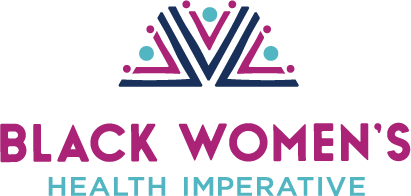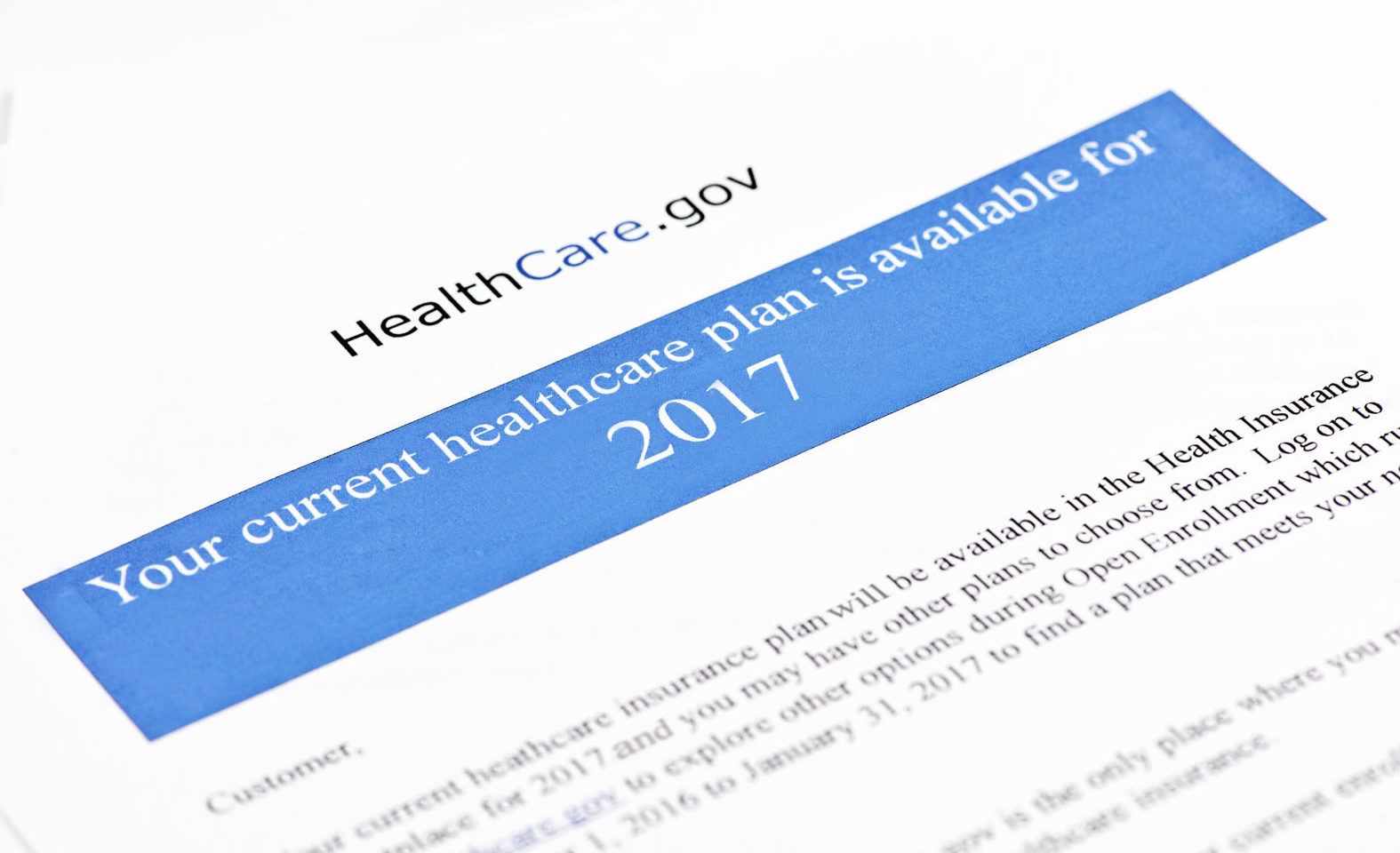A health care plan can seem like a hot mess. It’s so long and complex, you’d almost need a law degree to understand them. Still, there are little gold nuggets hidden inside that you should know about.
You’ve probably heard about essential health benefits (EHBs). Under the Affordable Care Act, a.k.a Obamacare, certain health care plans have to have EHBs, which can range from blood tests to prescriptions to mammograms.
What that means is this: your health insurance company has to pay for those things, either in full or in part. If you bought a health care plan on the health care exchanges (Obamacare), those EHBs are there for you, by law.
The same goes for small group plans—the kind of health insurance you get if you’re working for a small company. All small group plans have to have EHBs.
How about if you work for a large employer? Usually, a large employer offers health care plans that have those essential health benefits covered, or mostly covered. But be sure to call your insurance company for exact details.
What if you have Medicaid or Medicare? Those plans are handled differently, but generally, they come with a similar range of essential health benefits as Obamacare. But again, ask the insurance company that’s handling your plan.
So, what are these “essential health benefits,” as defined by Obamacare? Take a look at the list below. And if you’re ever shopping for a private health care plan outside of the Obamacare exchanges, make sure your plan has these benefits. They could save your life.

Want to learn more? Go to HealthCare.gov. If you know someone who might need to know more about essential health benefits, share this article with them.


